 Every body continues in its state of rest, or of uniform motion in a straight line, unless it is compelled to change that state by forces impressed upon it. Every body continues in its state of rest, or of uniform motion in a straight line, unless it is compelled to change that state by forces impressed upon it.  Physics - Page 83by Henry Smith Carhart - 1917 - 478 pagesFull view Physics - Page 83by Henry Smith Carhart - 1917 - 478 pagesFull view - About this book
 | Elias Loomis - Physics - 1858 - 374 pages
...given by Newton in the form of Mechanical Axioms, or laws of motion. They are the following: LAW I. — Every body continues in its state of rest, or of uniform motion in a straight line, unless acted upon by some external force. Matter in its unorganized state is inanimate or inert. It can not... | |
 | Marcius Willson - Readers - 1860 - 368 pages
...There are three principles of motion, known as Newton's Laws. Can you tell me the first ? II. Frank. "Every body continues in its state of rest, or of uniform motion in a straight line, unless acted upon by some externals force." This, I suppose, means that a body at rest can not put itself... | |
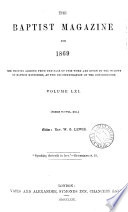 | 1869 - 844 pages
...to other " elements " which we call its chemical properties. The first law of motion is, that a body continues in its state of rest or of uniform motion in a straight line, unless operated upon from without. The second law is that the change of motion is proportional to the force... | |
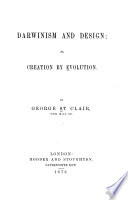 | George St. Clair - Evolution - 1873 - 280 pages
...the laws are exemplified, and phenomena begin to fall out. The first law of motion is, that a body continues in its state of rest, or of uniform motion in a straight line, unless operated upon from without. The second law is, that the change of motion is proportioned to the force... | |
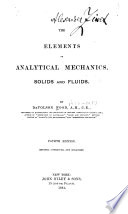 | De Volson Wood - Mechanics, Analytic - 1876 - 500 pages
...fundamental principles of motion in the form of three laws or mechanical axioms; as follows : — 1st. Every body continues in its state of rest or of uniform motion in a straight line unless acted upon by some external force. ' 2d. Change of motion is proportional to the force impressed, and... | |
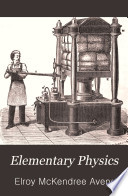 | Elroy McKendree Avery - Physics - 1878 - 480 pages
...famous in the history of physical science that they ought to be remembered by every student : (1.) Every body continues in its state of rest or of uniform motion in a straight line unless compelled to change that state by an external force. (2.) Every motion or change of motion is in the direction... | |
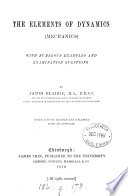 | James Andrew Blaikie - 1879 - 242 pages
...direction in which the force acts, and whose length is proportional to the magnitude of the force. 26. First Law of Motion. — Every body continues in its state of rest or of uniform motion in a straight line, except in so far as it is compelled by forces to change that state.... | |
 | Elroy McKendree Avery - Physics - 1880 - 478 pages
...famous in the history of physical science that they ought to be remembered by every student : (1.) Every body continues in its state of rest or of uniform motion in a straight line unless compelled to change that state by an external force. (%.) Every motion or change of motion is in the direction... | |
 | 1880 - 920 pages
...entirely get rid of friction the apple would never stop. Newton thus enunciated these facts as his " First Law of Motion " : Every body continues in its state of rest or of uniform speed in a straight line, except in so far as it may be compelled by impressed forces to change... | |
 | Choice literature - 1880 - 420 pages
...entirely get rid of friction the apple would never stop. Newton thus enunciated these facts as his " First Law of Motion " : Every body continues in its state of rest or of uniform speed in a straight line, except in so far as it may be compelled by impressed forces to change... | |
| |